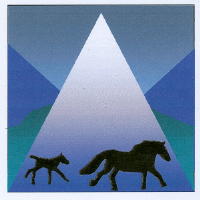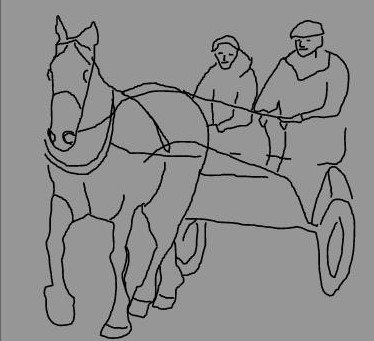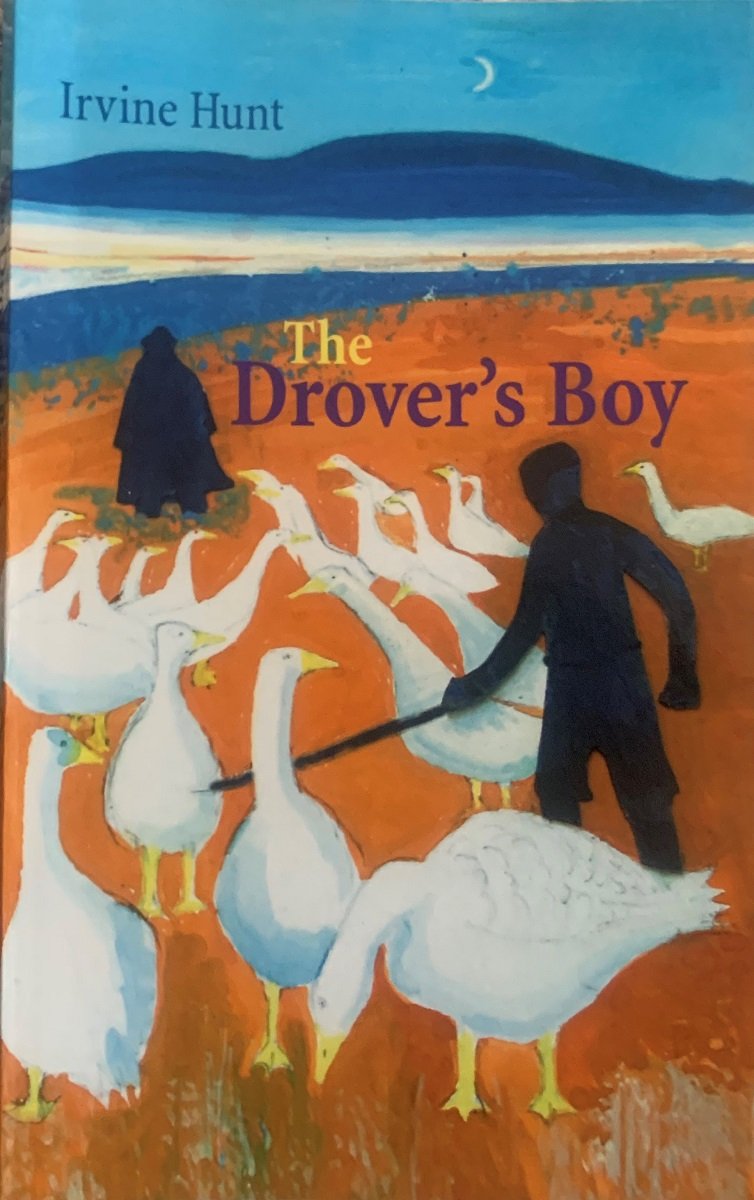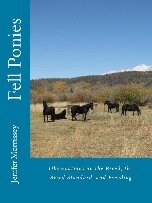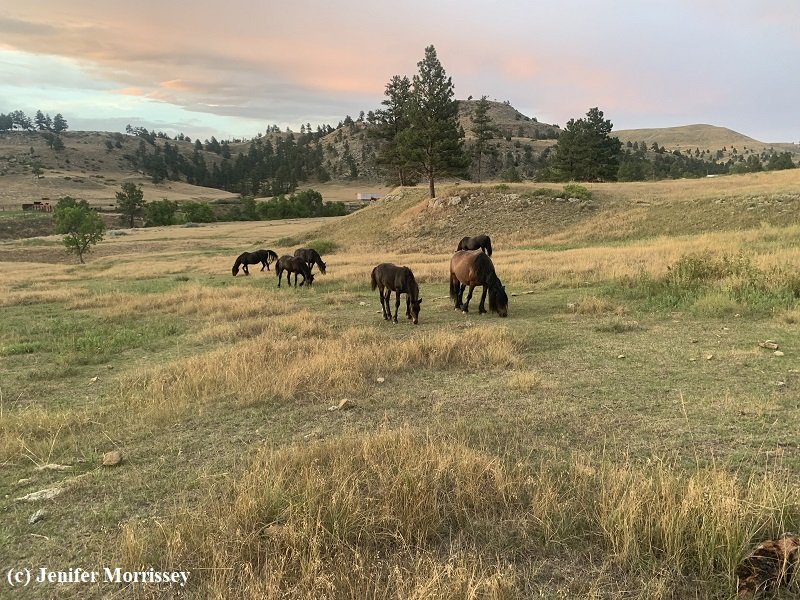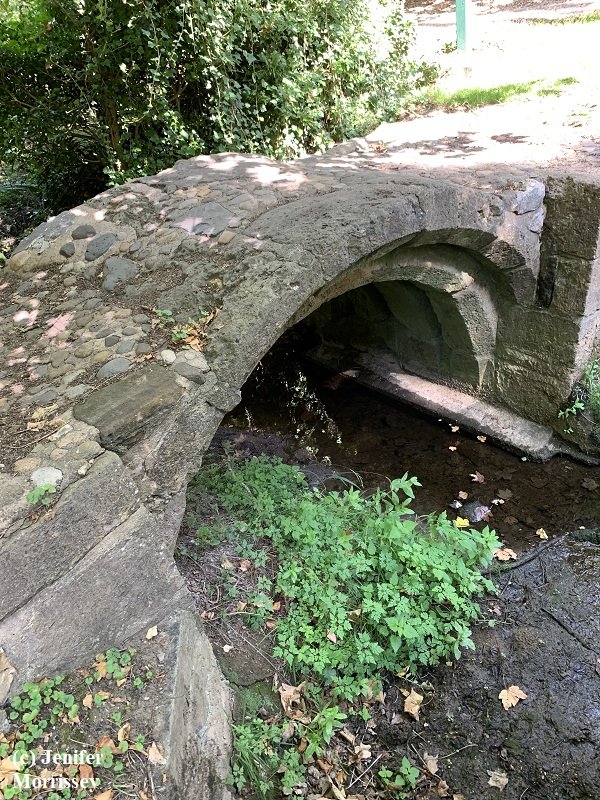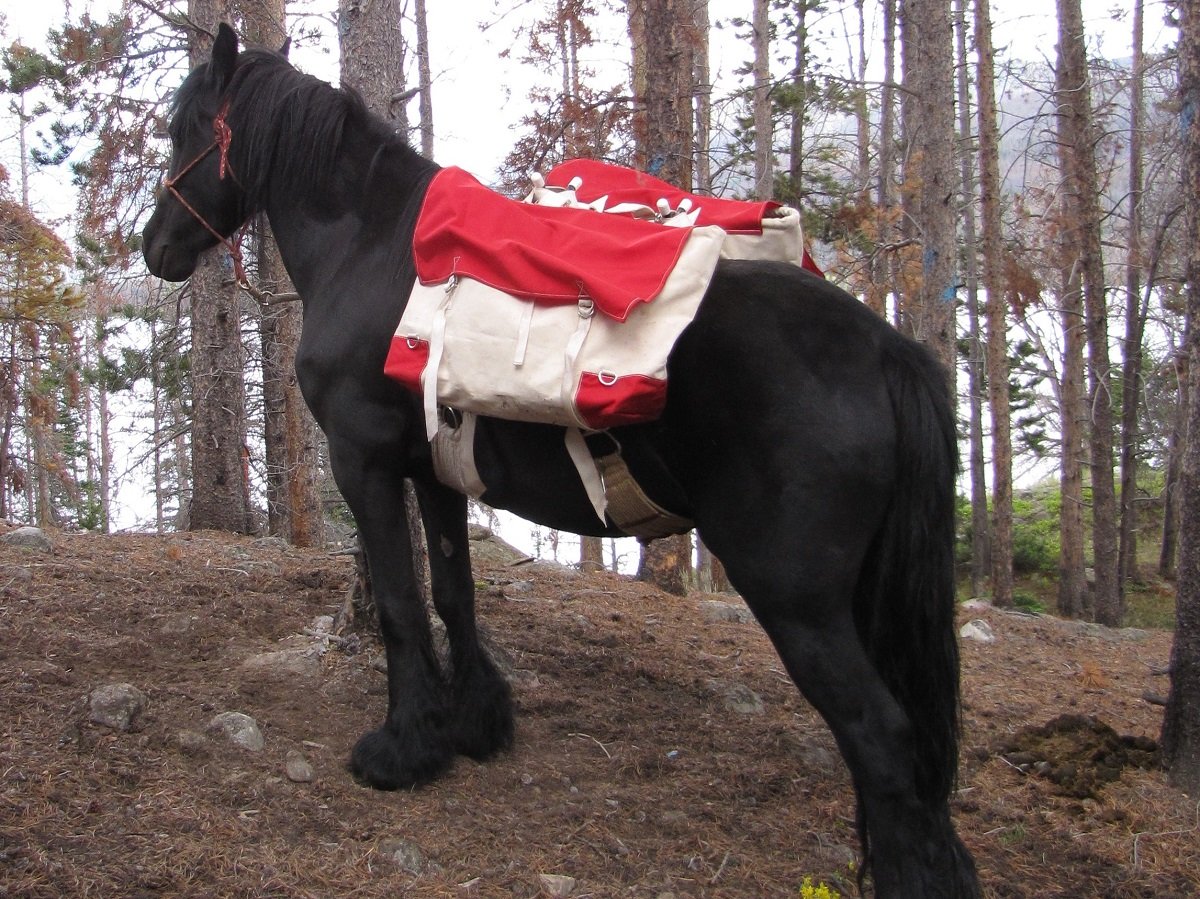They Came When I Called
/My Fell Ponies graze on a very large pasture with almost 400 feet of elevation change. I have been asked occasionally whether I can call my ponies to the barn so I don’t have to undertake the arduous task of walking out to bring them in. My answer to that question is that I don’t call them to the barn for a couple of reasons. First, they have shown that they willingly come to the barn to see me every morning, so I don’t really need to call them in. And second, if they don’t come to the barn, they usually have a good reason, and I’m curious to find out what it is, so the walk to find them is driven by curiosity. However, when the blizzard of the third and fourth of April 2023 hit, when my ponies weren’t at the barn when I arrived, I did attempt to call them in.
I had seen the ponies the night before, half way into the storm. Nearly a foot of wet heavy snow had fallen without wind so had evenly blanketed everything. When I bid the herd good night, I knew we were due for more snow and also that wind was forecast. The next morning it appeared we had about 20” of snow, but the wind had indeed blown, so drifts were up to three feet in places, and a few places had no snow at all. I was late getting to the barn because I was waiting for the ranch roads to be plowed. When I finally got to the barn, a few hours later than normal, I could see the ponies had been there earlier but weren’t there then. When I left Colorado, I gave away my snowshoes, which would have been the ideal tool for going out in search of the ponies. Since I no longer had them, I decided it was best to try to call the herd.
I filled a tub with hay and started spreading it around the paddocks at the barn, calling as I went. I looked out to the hill every few steps but I couldn’t see any ponies emerging from their usual haunts. I went to fill the tub with hay a second time, and as I returned to the paddocks, I saw the ponies coming in. It was quite a sight to see them streaming at speed over and through the deep snow, down into the ravine and then into the paddocks. The hock and knee action that I breed for were on display as the ponies negotiated the results of the blizzard. And now I could indeed say that my ponies came when I called. I was very thankful.
That night I returned to the barn just before dark. It had been an overcast and cold day, so the snow was as deep then as it had been in the morning. I spread hay as before, and I called the ponies. Once again, they came when I called. Often in the evening they don’t come to the barn; when they do I assume it’s because they feel the need for the additional sustenance of some hay. After this major storm, I was more than happy to provide it. And I admit to feeling relief that I could lay my eyes on all of them and be certain they were weathering the situation well. One lifetime with my ponies will definitely not be enough!
To see a video of my ponies coming in when I called, click here.
© Jenifer Morrissey, 2023
